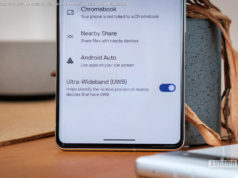Apple has unveiled a long-rumored headset that will place its users between the virtual and real world, while also testing the technology trendsetter’s ability to popularize new-fangled devices after others failed to capture the public’s imagination
Apple on Monday unveiled a long-rumored headset that will place its users between the virtual and real world, while also testing the technology trendsetter’s ability to popularize new-fangled devices after others failed to capture the public’s imagination.
After years of speculation, Apple CEO Tim Cook hailed the arrival of the sleek goggles — dubbed “Vision Pro” — at the the company’s annual developers conference held on a park-like campus in Cupertino, California, that Apple’s late co-founder Steve Jobs helped design. The device will be capable to toggling between virtual reality, or VR, and augmented reality, or AR, which projects digital imagery while users still see can see objects in the real world.
“This marks the beginning of a journey that will bring a new dimension to powerful personal technology,” Cook told the crowd.
Although Apple executives provided an extensive preview of the headset’s capabilities during the final half hour of Monday’s event, consumers will have to wait before they can get their hands on the device and prepare to pay a hefty price to boot. Vision Pro will sell for $3,500 once it’s released in stores early next year.
“It’s an impressive piece of technology, but it was almost like a tease,” said Gartner analyst Tuong Nguyen. “It looked like the beginning of a very long journey.”
Instead of merely positioning the goggles as another vehicle for exploring virtual worlds or watching more immersive entertainment, Apple framed the Vision Pro as the equivalent of owning a ultrahigh-definition TV, surround-sound system, high-end camera, and state-of-the art camera bundled into a single piece of hardware.
“We believe it is a stretch, even for Apple, to assume consumers would pay a similar amount for an AR/VR headset as they would for a combination of those products,” D.A. Davison Tom Forte wrote in a Monday research note.






